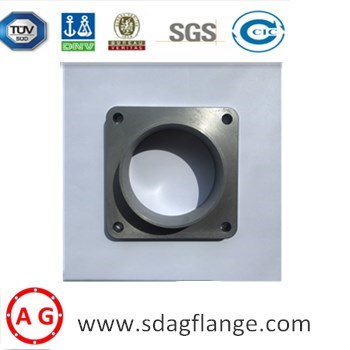

Насправді назва фланж - це транслітерація фланця. Вперше був запропонований англієць на ім'я Ельчарт у 1809 р. Та метод кастингуфланецьбуло запропоновано одночасно, але воно не булоідеально використовуєтьсядосить довго. До початку ХХ ст.фланецьsшироко використовувались у різноманітному механічному обладнанні та трубопровідних з'єднаннях.

Фланцітакож називаються фланець convex disks or convex disks. For those who are engaged in mechanical or engineering installations, фланецьs should be very familiar. It is a disc-shaped part and is generally used in pairs.
В основному використовується для таких деталей, як труби та клапани, труби та труби, а також труби та обладнання, які з'єднані один з одним, щоб відігравати роль герметизації. Оскільки між цим обладнанням і трубами так багато застосувань, вони будуть Дві площини з'єднані болтами, а з'єднувальні деталі з функцією ущільнення називаютьсяфланецьs.
Взагалі,фланець has round holes for fixing. For example, when it is used at the pipe connection, a sealing ring is added between the two фланецьs, and then the bolt is used to fasten the connection. The фланецьs with different pressures have Different thicknesses and different bolts are used. The main materials used for фланецьs are carbon steel, stainless steel and alloy steel.
Через важливу роль, яку відіграєфланецьs and good overall performance, фланецьs are widely used in chemical, petrochemical, fire protection and drainage industries.
Фланці are widely used in the world as a kind of connector, which requires a unified standard. For example, pipeline фланецьs now mainly have two standard systems.